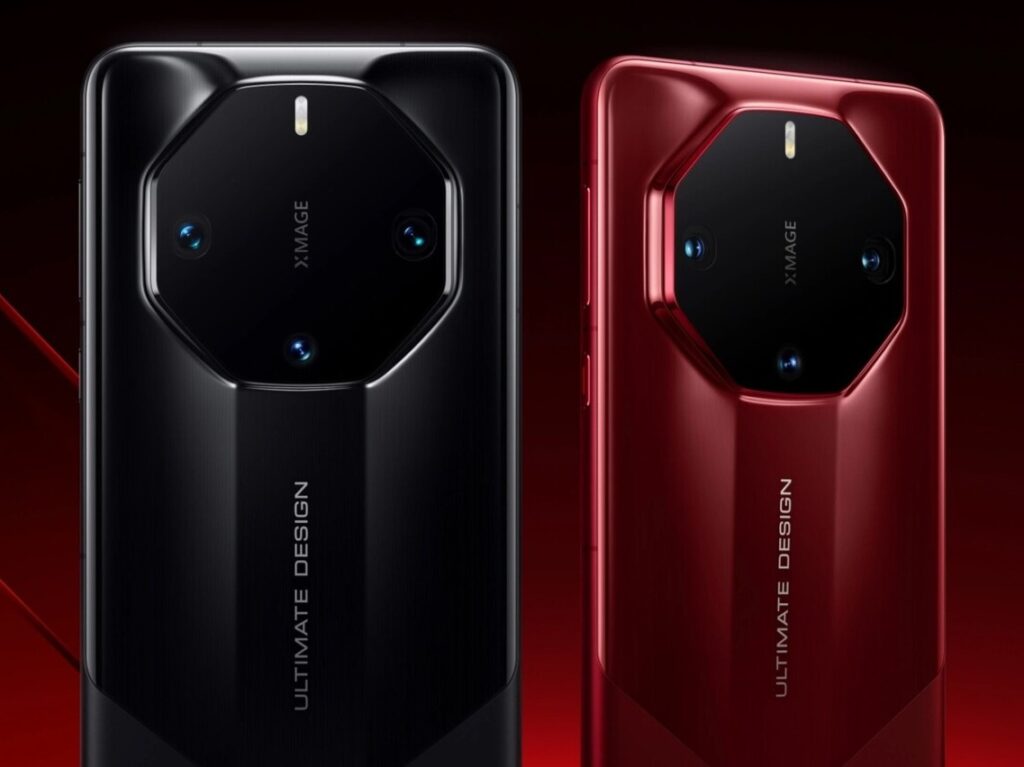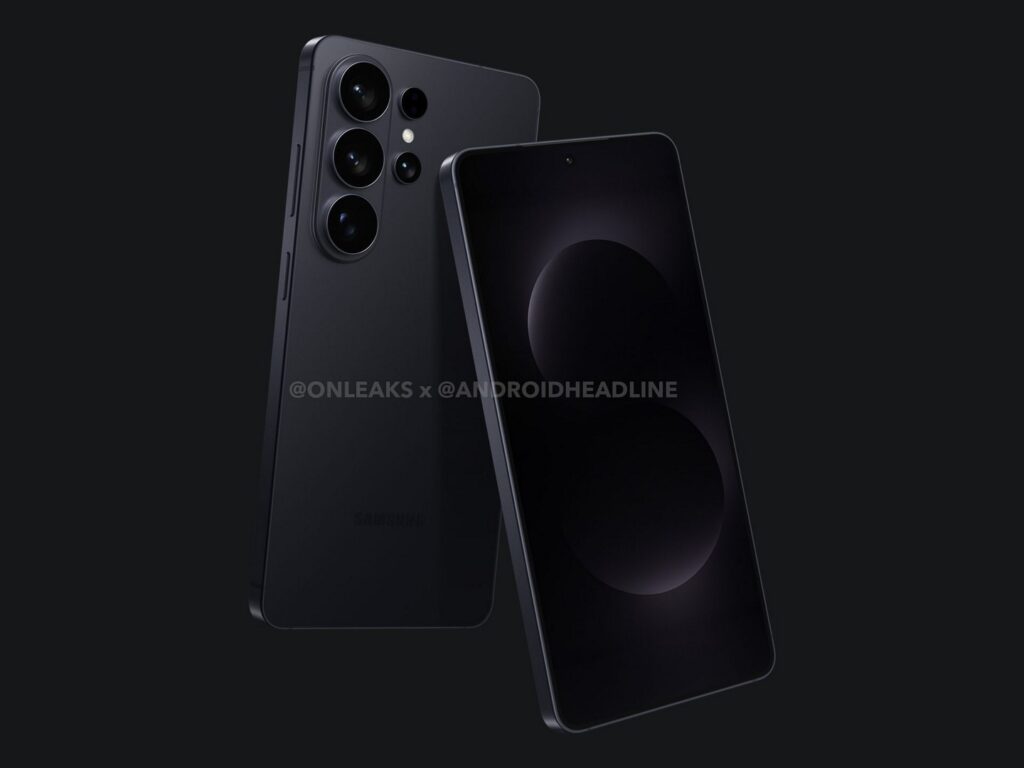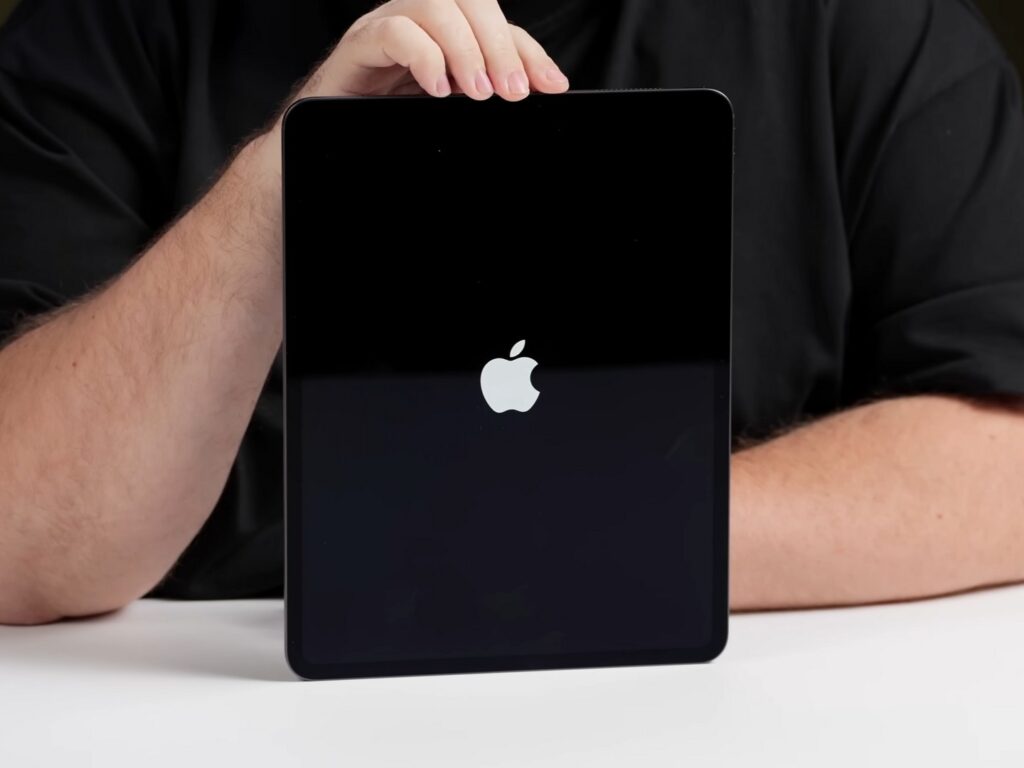Android 16 Aims to Bridge Mobile-Desktop Divide with Enhanced External Display Features, Reports Android Authority
Google is making significant strides in its quest to transform Android into a robust desktop operating system. The upcoming Android 16 introduces a suite of enhancements to external display functionality, pushing the platform closer to parity with traditional desktop environments, as initially reported by Android Authority.
Key Feature Enhancements: Mouse Control and Display Management
Analysis of the Android 16 Beta 2.1 reveals a clear focus on addressing key usability issues that have hindered Android’s adoption as a desktop alternative. One of the most notable improvements is the introduction of seamless mouse cursor transitions between connected displays. Users will now be able to move their cursor freely across multiple monitors, mirroring the experience found in Windows and macOS. This eliminates a major frustration point for those attempting to use Android in a multi-display setup.
Furthermore, Google is simplifying the process of managing display modes. A new toggle will allow users to easily switch between mirroring and extending the built-in display, removing the need to delve into developer options. This streamlined approach makes it significantly easier to adapt Android to different display configurations.
Beyond basic display management, Android 16 is also introducing finer control over the visual experience. Users will gain the ability to independently adjust text and icon sizes on external displays, ensuring optimal readability and usability. This level of customisation is crucial for creating a comfortable and productive desktop environment.
While refresh rate control is not yet present in the beta, there are indications that Google is actively working on incorporating this feature. This would further enhance the external display experience, particularly for users with high-refresh-rate monitors.
Google’s Unified OS Ambitions: Bridging the Gap
These enhancements represent a significant step forward in Google’s ambition to unify its operating systems. By improving the external display experience, Google is laying the groundwork for a future where Android can seamlessly transition between mobile and desktop use cases. This could potentially lead to a single, versatile operating system that powers a wide range of devices.
It’s important to note that these features were discovered within the Android 16 Beta 2.1, and their final implementation may vary in the stable release. The timeline for these features to reach users may also vary, with some potentially arriving in subsequent quarterly updates. However, the direction is clear: Google is committed to making Android a viable desktop platform.



